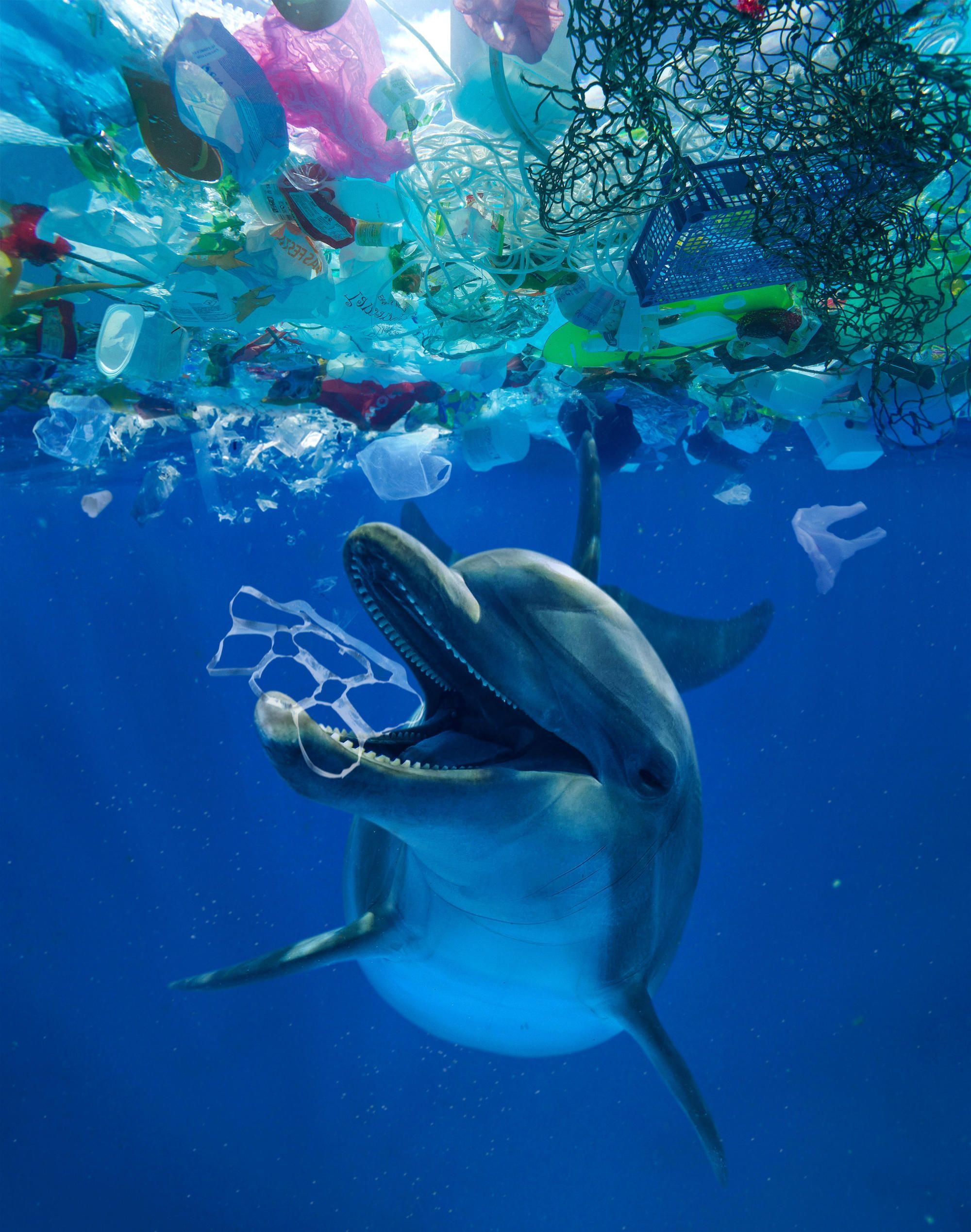
Ocean Trash 5.25 Trillion Pieces and Counting, but Big Questions Remain National Geographic
Curbside collection is common in Hungary, so many apartment blocks in Budapest are already equipped with green, blue, and yellow bins, where you can place sorted waste items. In order to make the whole process easier and faster for recycling, it is required to wash and clean the items that you put into the the blue and yellow recycling bins.The containers with blue lids are for all kinds of.

Drawing For Kids, Art For Kids, Garbage In The Ocean, Global Warming Project, Ecology Art
1. Decline without regrets Always refuse any material you don't need, especially packaging. Reducing the volume of trash is the best way to reduce the amount of solid waste in the landfill. (Check out these tips from consumers who don't take any trash home).
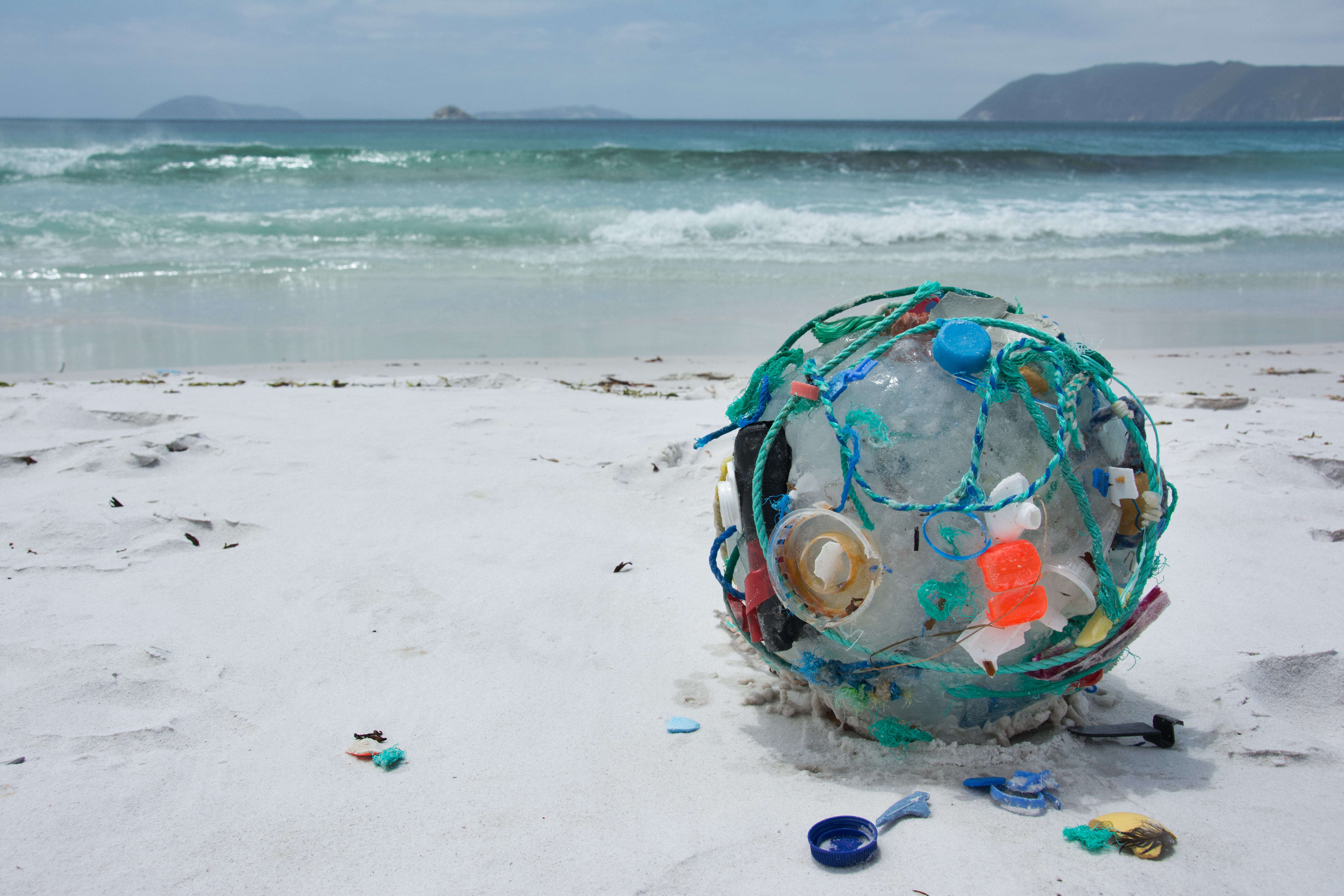
Coastal Garbage Patches Where Does Our Rubbish Go? Cathedral Square
Methane Definition: A flammable, colorless, and odorless gas utilized in the chemical industry, like producing methanol and hydrogen. What many people don't know is that methane is over 20 times more detrimental to the atmosphere than carbon dioxide. Landfill gases play a hand in the climate change problems we are currently facing.
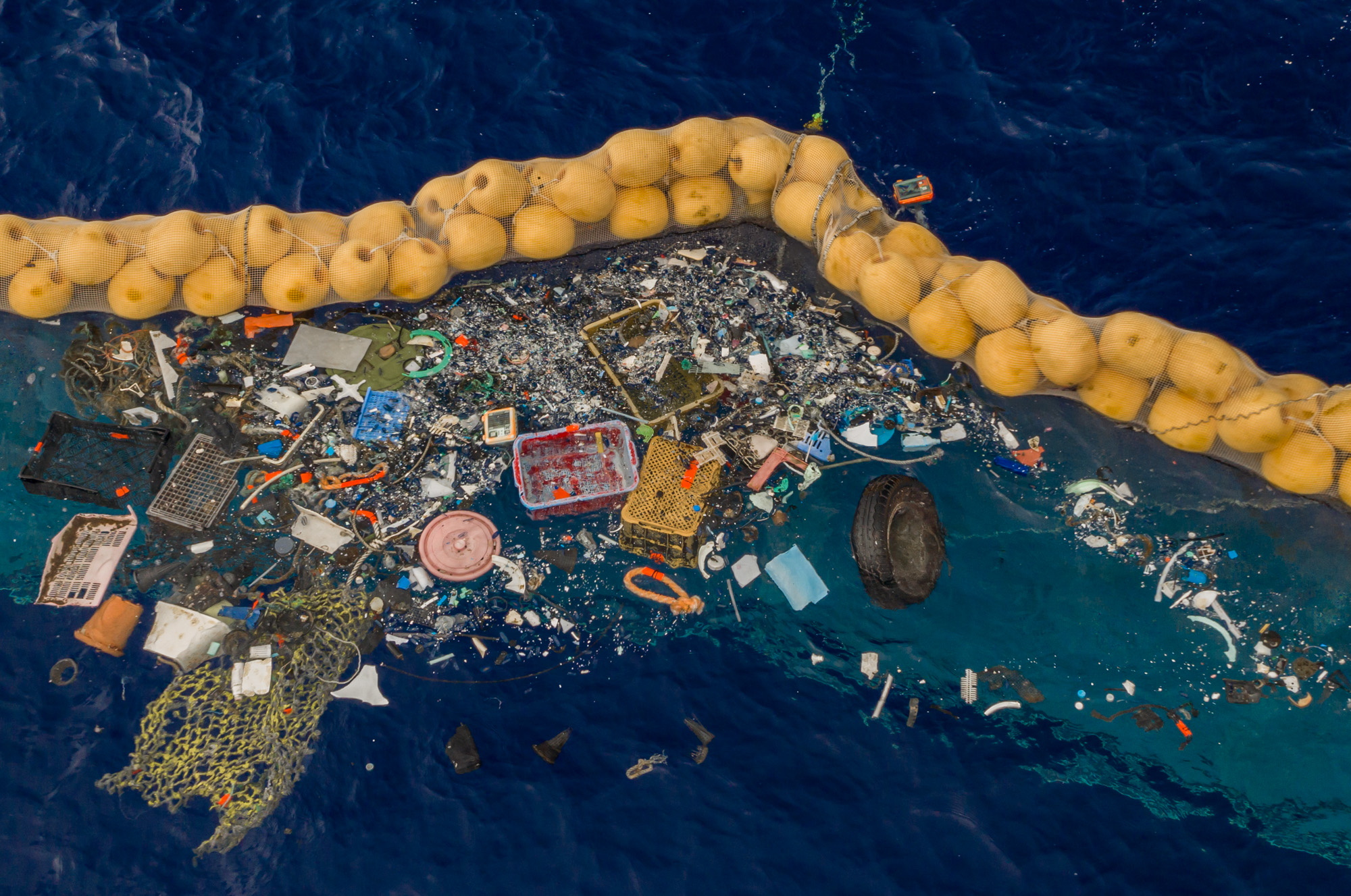
The Ocean Cleanup Successfully Catches Plastic in Great Pacific Garbage Patch • Press Release
Fighting for Trash Free Seas®. You can sort the debris you collect and the waste generated during the event. This is a great educational moment for volunteers! Recycle: Be aware of what items your local recycling receptacle accepts and be sure to sort any items collected or used during the event to be recycled. This may include plastic.

'Garbage Patch' in Pacific Grows to Hundreds of Miles NBC News
by Renee Cho | October 13, 2022 Comments Photo: NOAA's National Ocean Service There are currently 75 to 199 million tons of plastic polluting our oceans, according to the World Economic Forum. This is a result of humans recycling only nine percent of plastic waste and dumping 10 million tons of it into the seas each year.

what is the great pacific garbage patch Skyewater Photo + Film
That is why Nicholas Mallos, director of the Trash Free Seas Program at the nonprofit Ocean Conservancy, sees promise in the Seabin. To his knowledge, it is the first attempt to create an active.

This video shows how the ocean's garbage patches formed.
1. Use trash cans with lids 2. Drink tap water 3. Advocate for ocean-friendly legislation 4. Participate in beach clean-ups 5. Sort and recycle your trash 6. Refuse single-use plastics 7. Reuse your stuff 8. Reinvent materials, Make them eco-friendly 9. Donate to environmental causes

» The Great Pacific Garbage Patch Taking Out the Trash
Published January 10, 2015 • 9 min read The numbers are staggering: There are 5.25 trillion pieces of plastic debris in the ocean. Of that mass, 269,000 tons float on the surface, while some four.
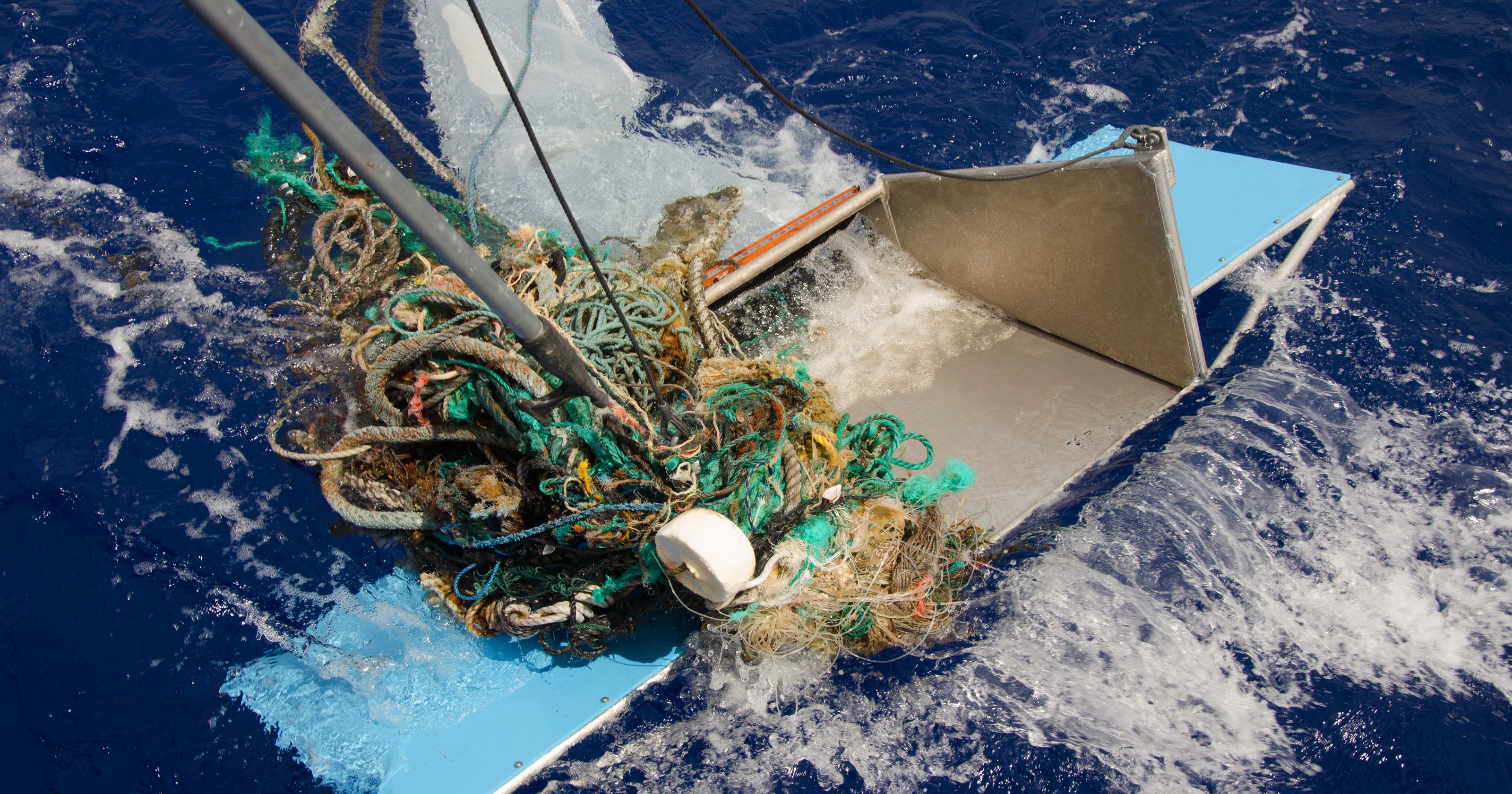
Pacific garbage patch, largest collection of ocean trash, grows
Upstream design is critical to facilitate collection, sorting and reuse. The current chemical or advanced recycling technologies are not a circular approach to plastics recycling because they do not transform plastics back into plastics (but into fuel) and create additional environmental and social harms.. Trash Free Seas®, Trash Free Seas.
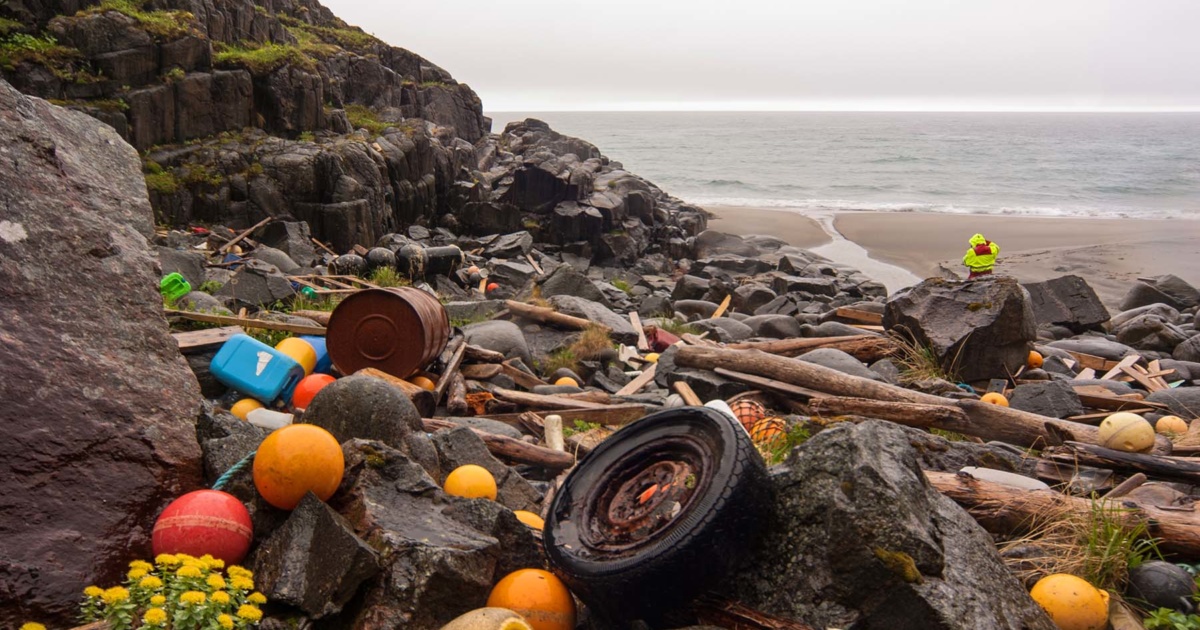
A fleet against the plastic garbage in our oceans
Trash Free Seas Alliance®. The Global Ghost Gear Initiative. Urban Ocean®. Outreach & Education. 6 Degrees of Separation. Skip the Straw. Boating Community. GoodMate for Boaters. GoodMate for Marinas.
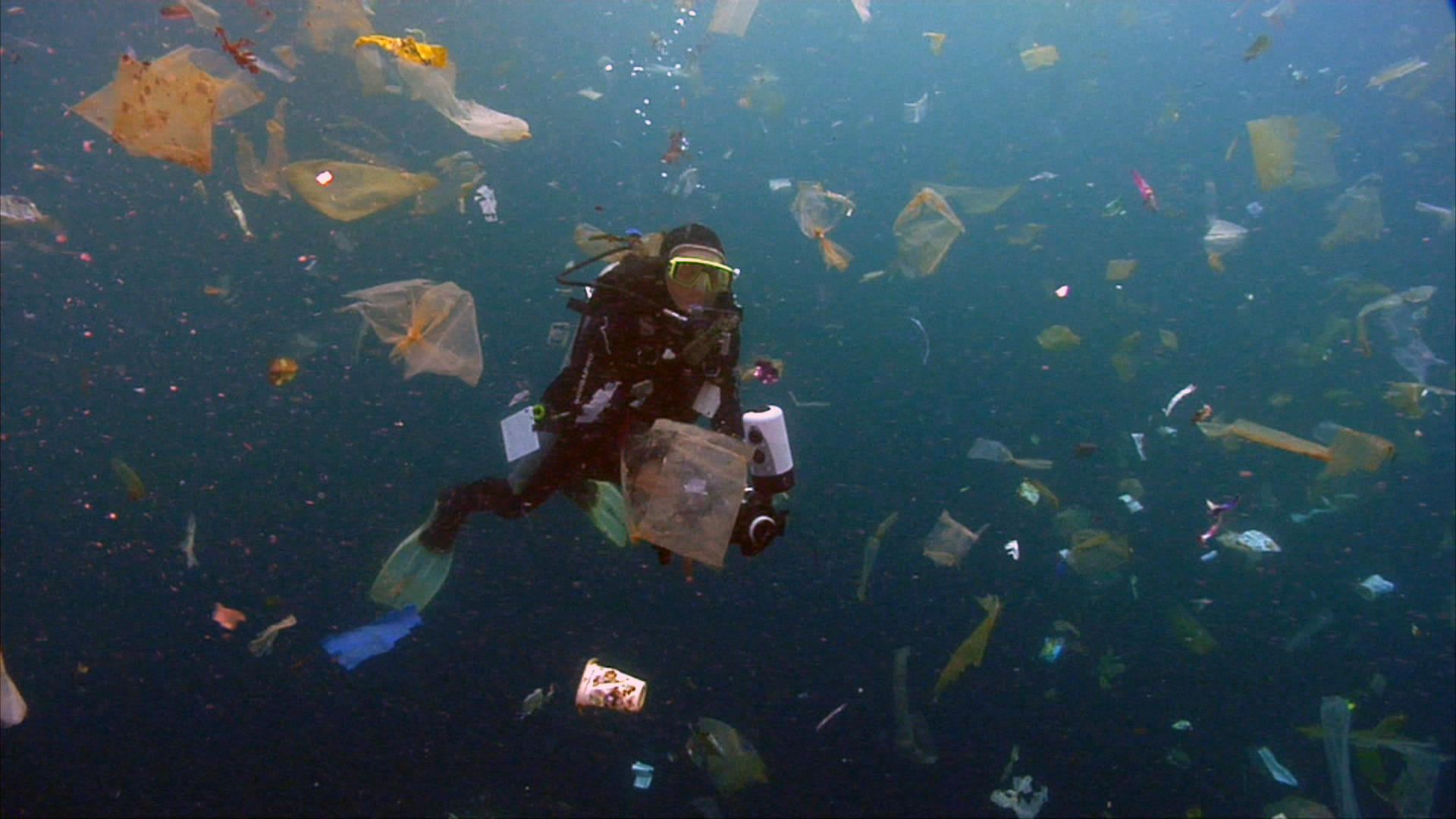
Watch 60 Minutes Cleaning up the plastic in the ocean Full show on CBS
Waste sorting is the process by which waste is separated into different elements. [1] Waste sorting can occur manually at the household and collected through curbside collection schemes, or automatically separated in materials recovery facilities or mechanical biological treatment systems. Hand sorting was the first method used in the history.
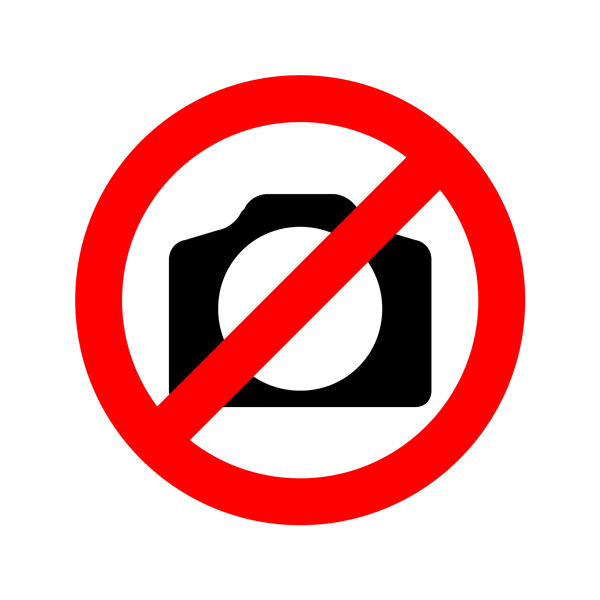
Ocean Cleanup Crew Just Collected a Record Amount of Plastic From the Great Pacific Garbage
Vocabulary The numbers are staggering: There are 5.25 trillion pieces of plastic debris in the ocean. Of that mass, 269,000 tons float on the surface, while some four billion plastic microfibers per square kilometer litter the deep sea. Scientists call these statistics the "wow factor" of ocean trash.
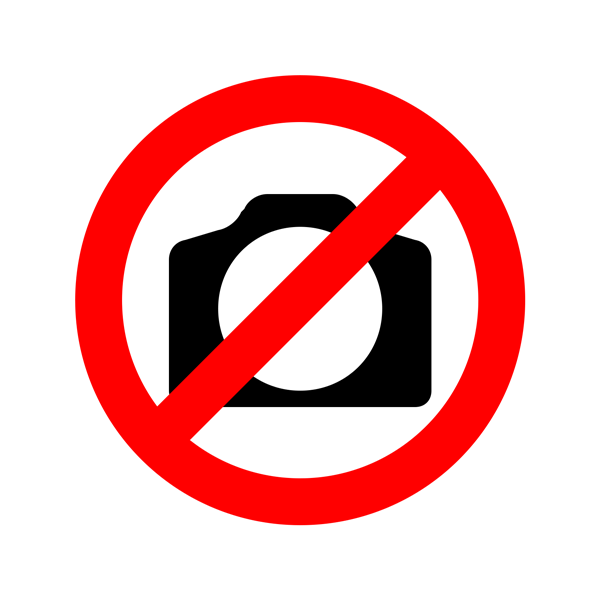
Ocean Cleanup Crew Just Collected a Record Amount of Plastic From the Great Pacific Garbage
The North American Great Lakes, sometimes called inland seas, are the world's largest freshwater system. They seem as immense and ancient as any ocean, but Superior, Michigan, Huron, Erie, and.
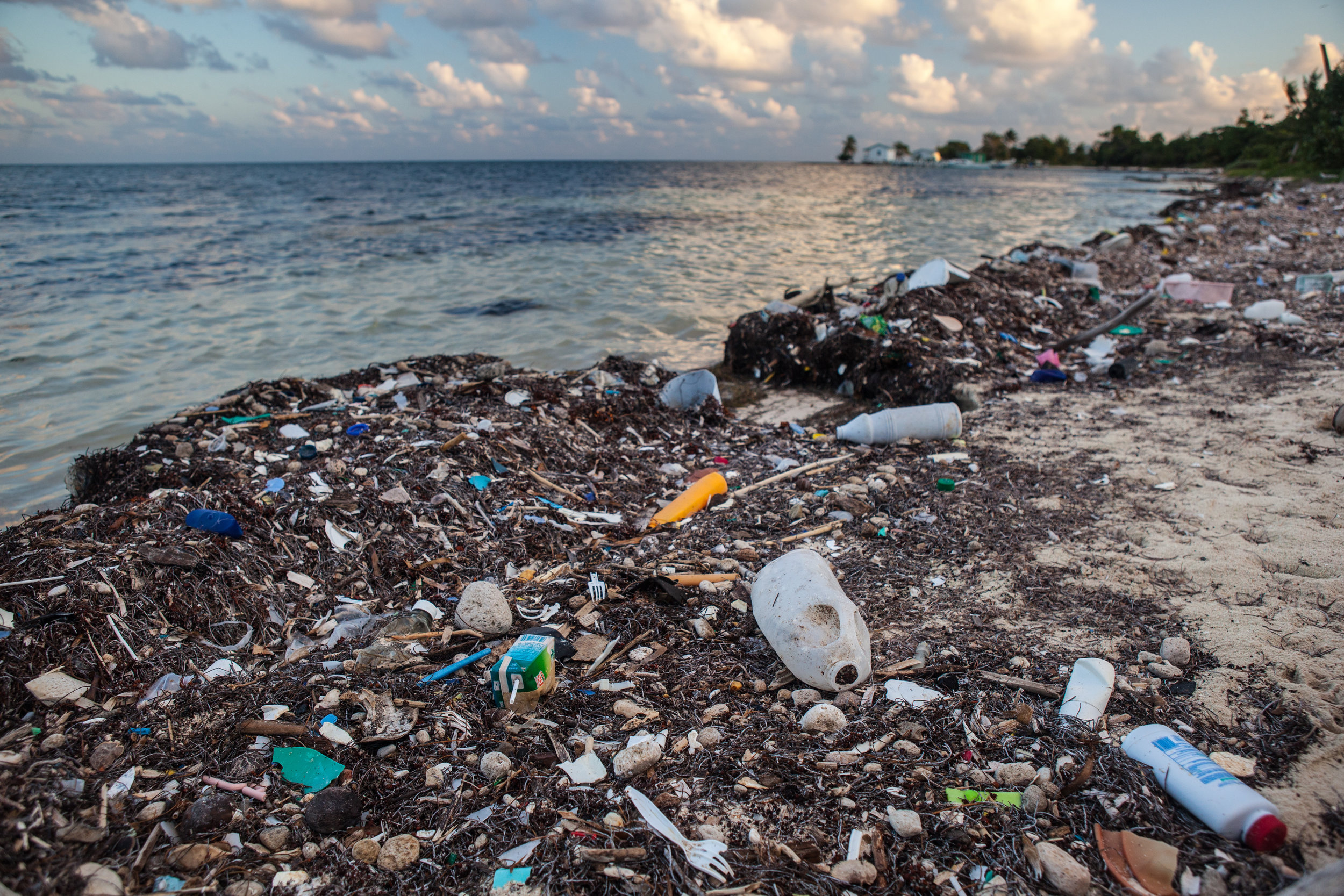
Ocean Plastics — As You Sow
President Xi Jinping regards waste sorting as a "new trend" which is closely related to both people's desire for a better life and socio-economic development.

INTERNATIONAL COASTAL CLEANUP TrashFree Seas 2014 Report 10 things you can do for trash
Ocean Conservancy is committed to keeping our beaches and ocean trash free. For more than 30 years we have organized the International Coastal Cleanup®, where nearly 17 million volunteers from 155 countries have worked together to collect more than 348 million pounds of trash.
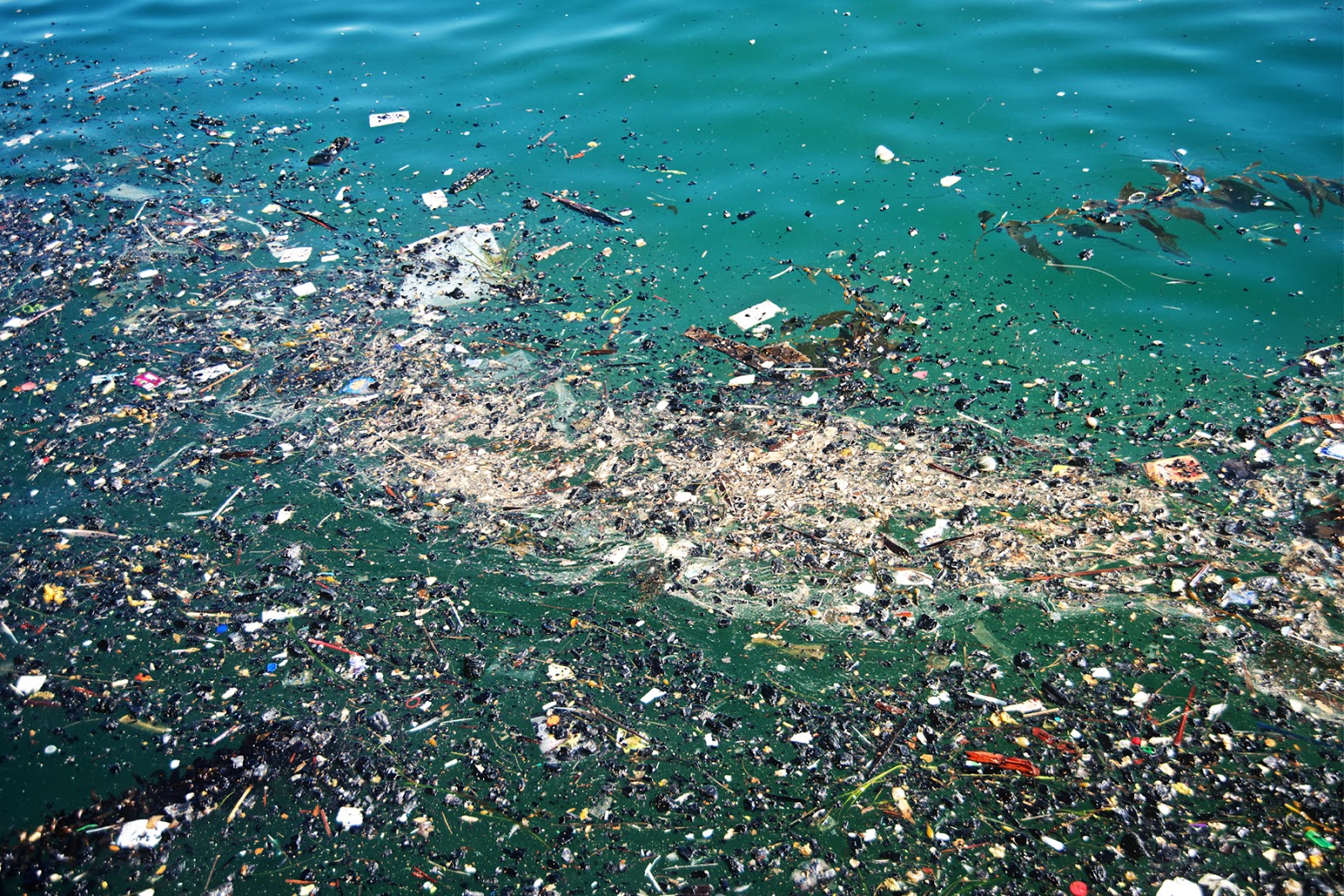
The Pacific Garbage Patch
Nick Robertson. 2015.04.07. 11:51. Once every spring or in early summer, a surreal phenomenon sweeps the streets of each district in Hungary's capital, providing intimate glimpses into the lives of ordinary locals at all points of the sociological spectrum amid settings of chaos, disgust, and hope. The occasion of "lomtalanítás.